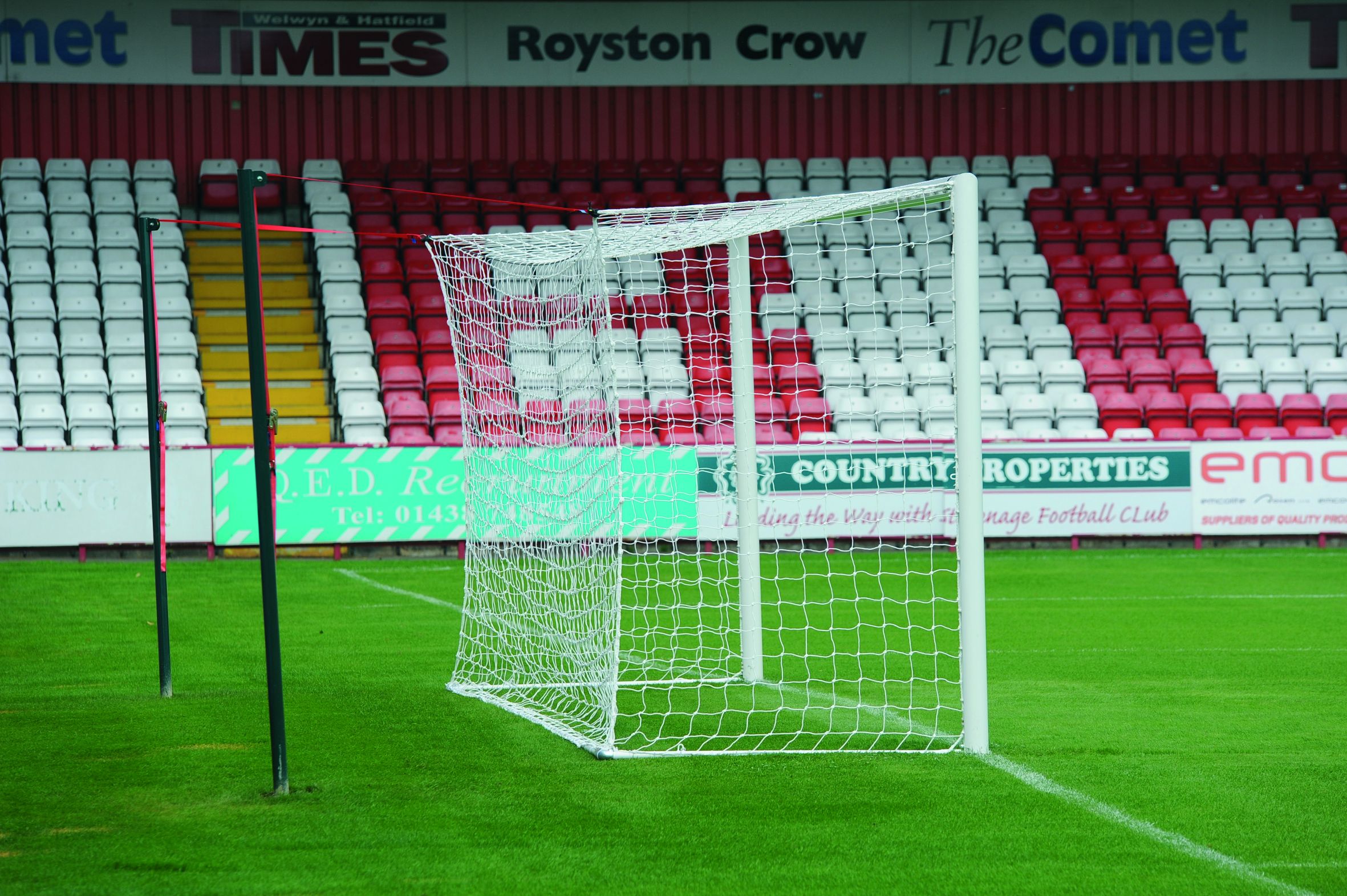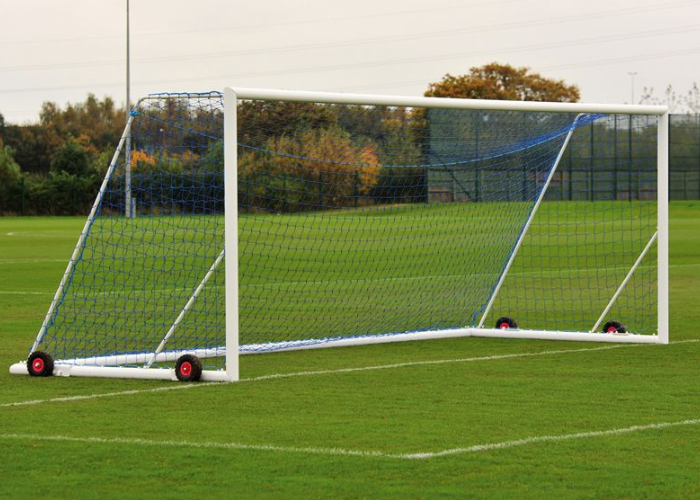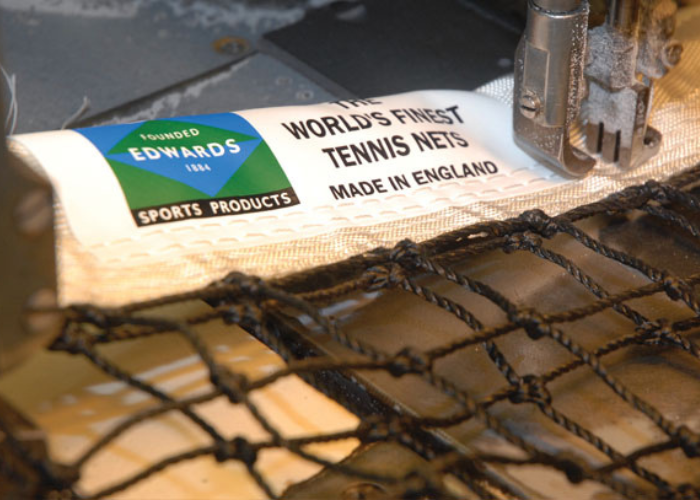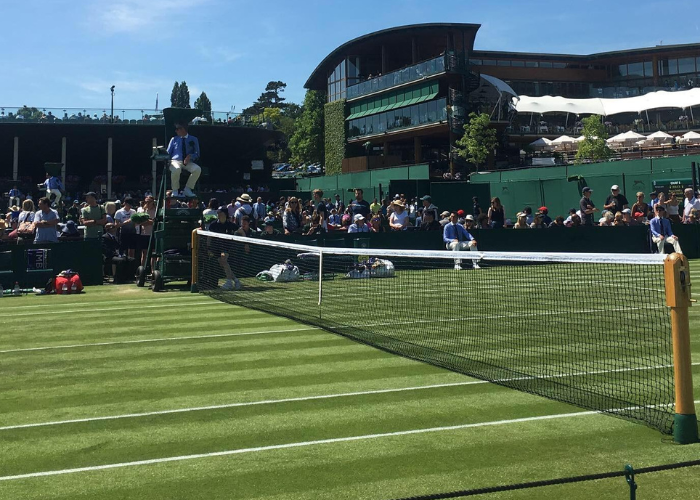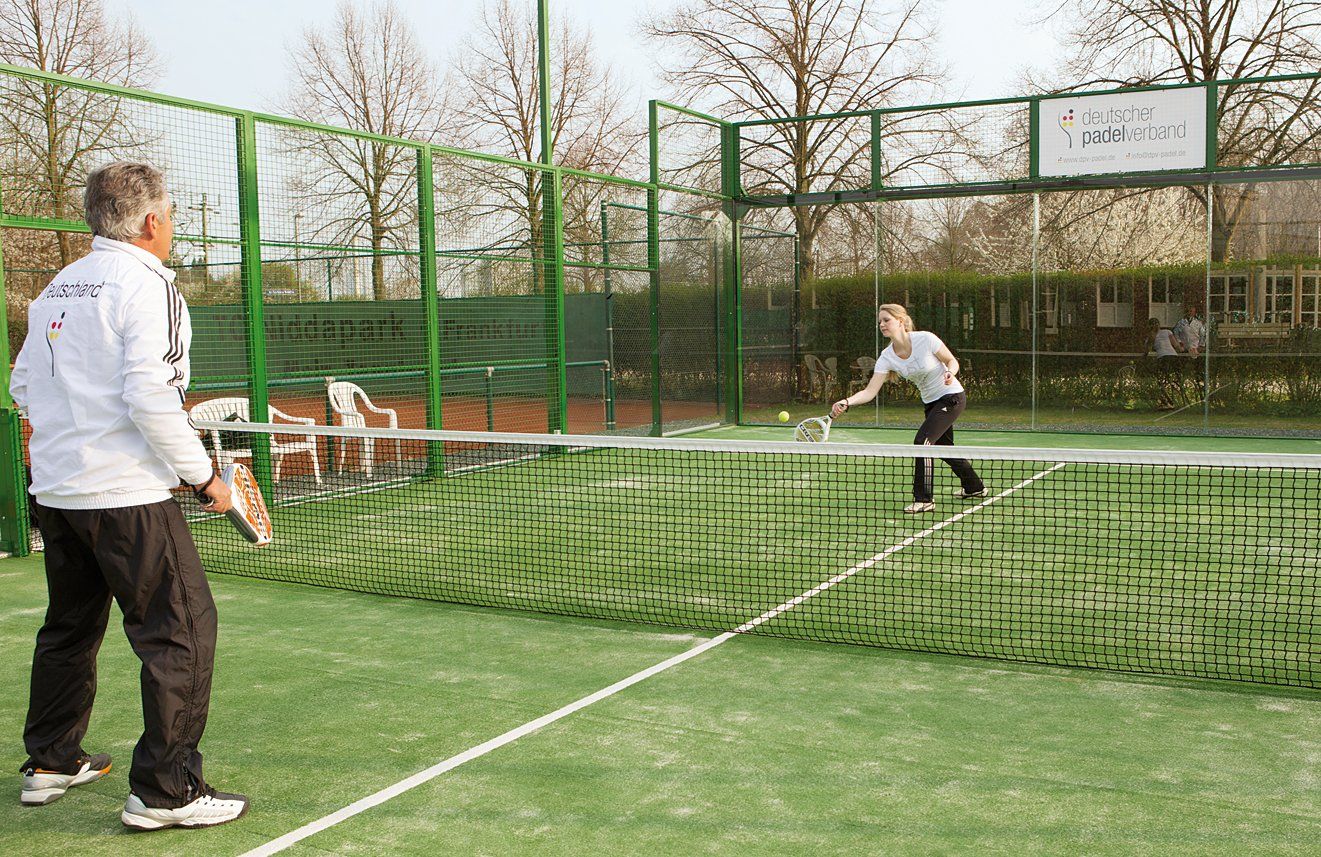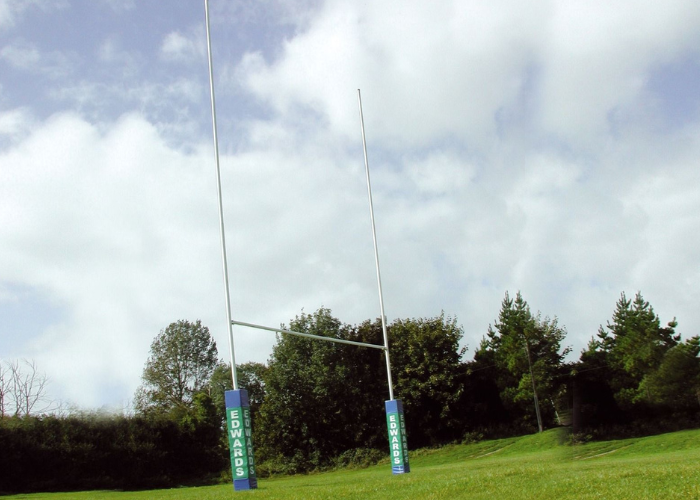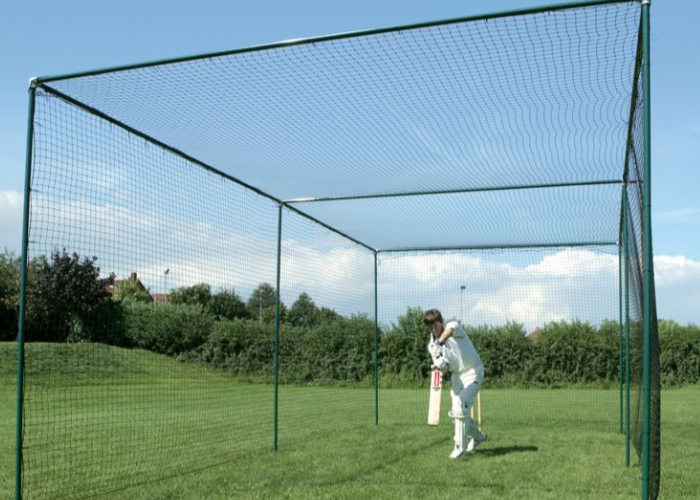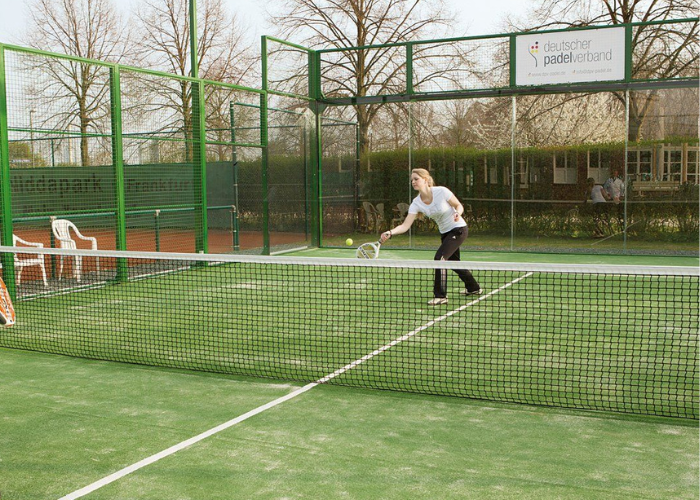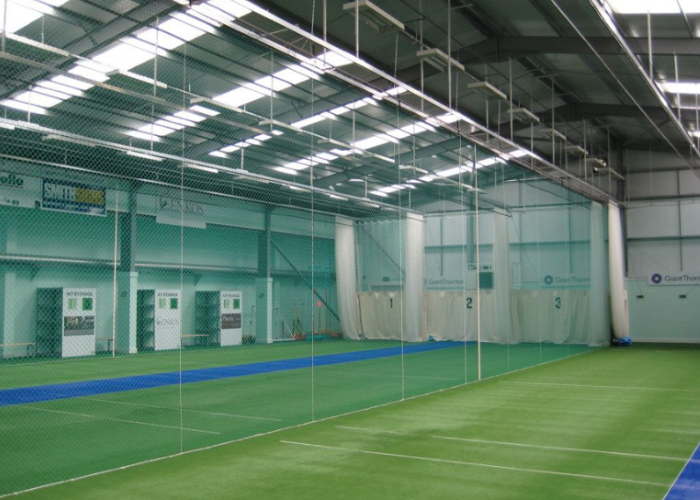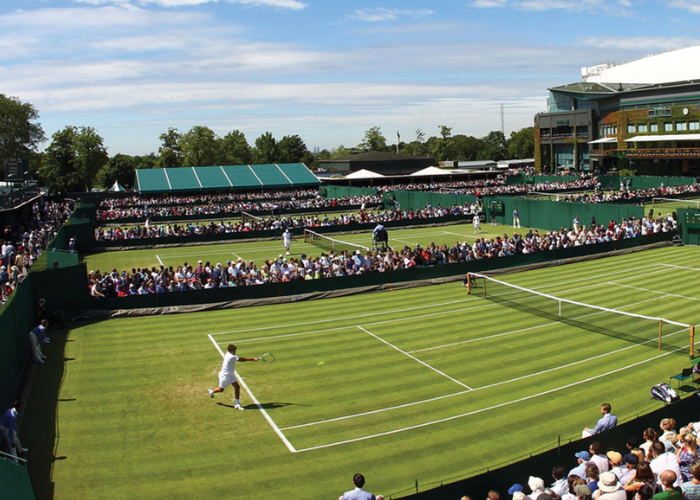We use cookies to make your experience better. To comply with the new e-Privacy directive, we need to ask for your consent to set the cookies. Learn more.
Where, How & When Did Wimbledon Tennis Start?
- Admin
- Blog Posts
- 10 Jun 2024
-
25views
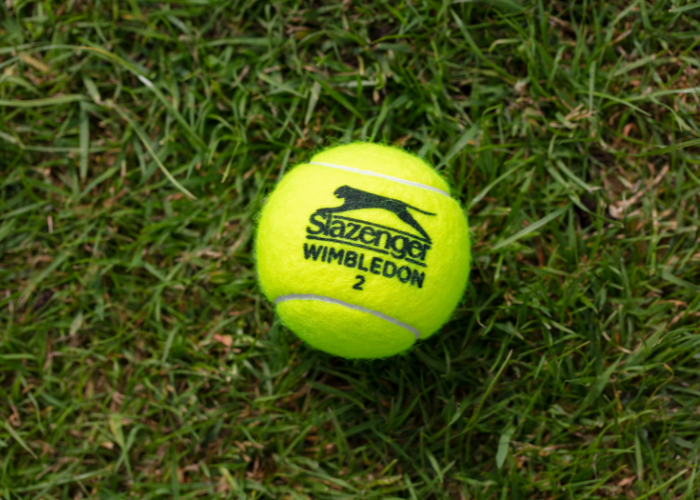
Wimbledon is the oldest and one of the most prestigious tennis tournaments in the world, and it’s seen some incredible players and successes over the years – but when exactly did it start?
Held annually at the All England Lawn Tennis and Croquet Club in Wimbledon, this Grand Slam event carries immense significance not only in the UK but also within the global sports community.
As the birthplace of lawn tennis, Wimbledon's history is deeply intertwined with the evolution of the game itself.
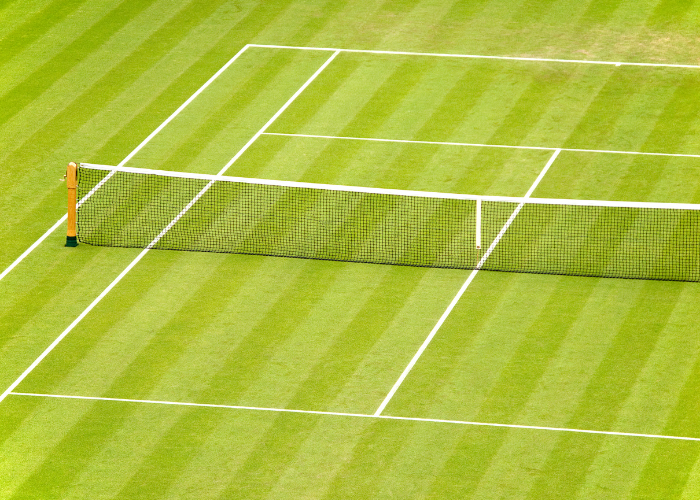
Historical Background of the Wimbledon Championships
The origins of Wimbledon can be traced back to 1868 when the All England Croquet Club was formed in a private park off Worple Road, Wimbledon.
At the time, croquet was a popular pastime among the English gentry, and the club provided a venue for its members to indulge in this leisurely pursuit.
In 1873, Major Walter Clopton Wingfield, a retired British Army officer, patented a game he called "Sphairistike," which bore striking similarities to the modern game of lawn tennis.
Wingfield's invention quickly gained traction, and he published the first book of rules for the game in 1875, solidifying its foundations and fuelling its rapid spread across the country.
As the popularity of this new sport grew, the members of the All England Croquet Club took notice. Recognising the potential of this emerging athletic pursuit, they made the forward-thinking decision to embrace lawn tennis.
In 1877, the club added "Lawn Tennis" to its name, becoming the All England Lawn Tennis and Croquet Club (AELTC).
This pivotal move paved the way for the club to host the inaugural Wimbledon Championships, a tournament that would go on to become one of the most prestigious and revered events in the world of sports.

The Inaugural Wimbledon Tournament (1877)
|
The first Wimbledon Championships took place in July 1877, marking a momentous occasion in the annals of tennis history. |
The inaugural tournament was held at the original location of the All England Lawn Tennis and Croquet Club on Worple Road in Wimbledon.
This groundbreaking event featured a modest gathering of 22 participants, all of whom were members of the club or had been personally invited.
The format was simple – a single elimination tournament for the Gentlemen's Singles championship. The rules were still in their infancy, with players adhering to a unique scoring system that awarded 15 points for winning a game, rather than the modern method of counting points.
Despite its humble beginnings, the first Wimbledon tournament captured the imagination of spectators and participants alike.
The final match was a thrilling affair, with Spencer Gore emerging victorious against William Marshall in a closely contested battle.
Gore's triumph marked the start of a legacy that would span generations as he etched his name into the annals of Wimbledon history as the tournament's inaugural champion.
Practice Tennis Like A Pro: 10 Quotes From Top Players On What It Takes To Succeed
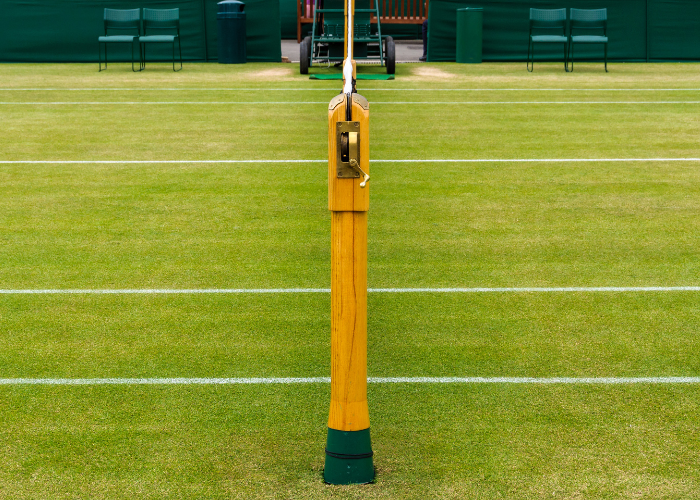
Evolution of the Wimbledon Championships
Since that inaugural tournament in 1877, Wimbledon has undergone a remarkable evolution, adapting to the changing landscape of tennis while preserving its rich heritage and traditions.
|
One of the most significant milestones in the tournament's history was the introduction of the Ladies' Singles event in 1884, paving the way for gender equality and showcasing the talents of female athletes on the hallowed Wimbledon grounds. |
The rules and tennis equipment used in the tournament have also evolved over time.
The game's scoring system was simplified, and the traditional handmade balls were replaced by mass-produced varieties, improving consistency and fairness.
Perhaps the most notable change was the transition from the original grass courts to modern reinforced ryegrass courts, providing a more durable and consistent playing surface for the world's elite players.
In 1922, the tournament bid farewell to its birthplace at Worple Road and found a new home at the present-day Church Road grounds.
This move not only provided a larger venue to accommodate the growing popularity of the event but also allowed for the construction of iconic facilities, such as the famed Centre Court.
Another pivotal moment in Wimbledon's history was the advent of the Open Era in 1968. Prior to this, only amateur players were eligible to compete, effectively barring many of the world's best talents from participating.
The Open Era ushered in a new era of professionalism, attracting the top players from around the globe and elevating the tournament's prestige to unprecedented heights.
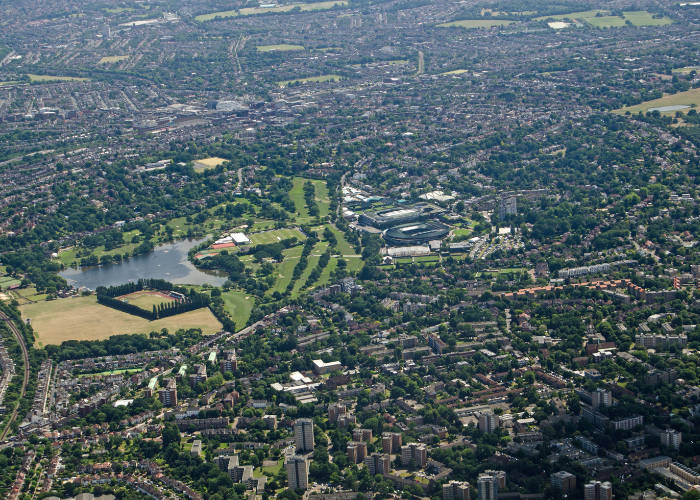
Wimbledon’s Traditions and Innovations
While Wimbledon has embraced change and progress over the decades, it has also steadfastly upheld many of its cherished traditions, which have become an integral part of the tournament's identity and appeal.
One such tradition is the strict all-white dress code for players, a rule that has been in place since the early 20th century.
|
Another beloved Wimbledon tradition is the serving of strawberries and cream, a quintessentially British treat that has become synonymous with the tournament. |
However, Wimbledon has also embraced technological innovations to maintain the integrity and fairness of the game.
The introduction of the Hawk-Eye system, which uses advanced video technology to track the trajectory of the ball, has revolutionised line-calling and challenge systems, ensuring accurate and consistent decisions even in the most contentious situations.
In recent years, Wimbledon has also made significant strides in addressing the challenges posed by inclement weather.
The construction of a retractable roof over the iconic Centre Court has allowed matches to continue uninterrupted, ensuring that fans and players alike are not left at the mercy of the unpredictable British summer weather.

Wimbledon's Place in Modern Tennis
Wimbledon's influence on modern tennis extends far beyond the hallowed grounds of the All England Lawn Tennis and Croquet Club.
As one of the four Grand Slam tournaments, it occupies a revered position in the sport, serving as a pinnacle of achievement for professional players worldwide.
The prestige associated with winning the Wimbledon Championships is unparalleled. Lifting the iconic Venus Rosewater Dish (for ladies) or the Gentlemen's Singles Trophy is a dream pursued by every aspiring tennis player.
Wimbledon's impact on British culture is equally profound. The tournament has become an iconic event, transcending the realms of sports and capturing the nation's imagination.
The exploits of homegrown champions, such as Andy Murray and Virginia Wade, have etched their names into the annals of Wimbledon lore, inspiring generations of young tennis enthusiasts.
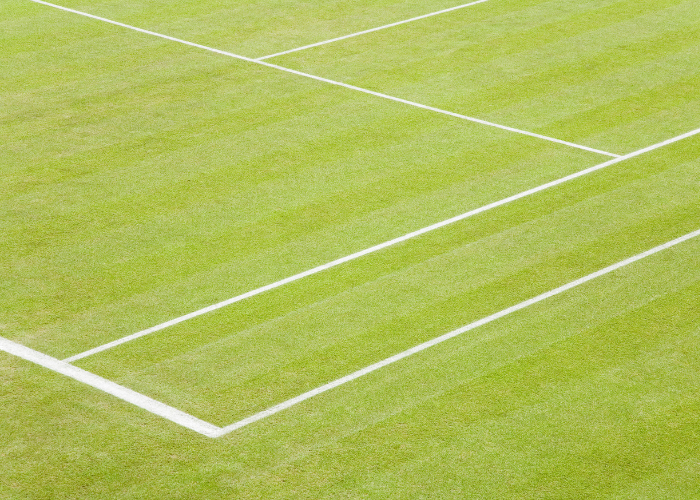
Summing Up
For over a century, Wimbledon has stood as a testament to the enduring spirit of tennis.
From its humble beginnings as a small gathering of enthusiasts on the lawns of Worple Road, the tournament has grown into a global phenomenon, attracting the world's finest players and captivating audiences across continents.
Throughout its storied history, Wimbledon has witnessed countless iconic moments, from the pioneering efforts of Major Walter Clopton Wingfield to the record-breaking feats of modern-day legends.
|
If you want the right equipment to kit out your own tennis courts in Wimbledon’s style, we’ve got the essentials to get you started (we’re even suppliers for the Wimbledon Championships themselves!). Take a look at our full tennis product range today. |
FAQs
What is the Significance of Wimbledon in Tennis?
Wimbledon is one of the four Grand Slam tournaments, occupying a revered position in tennis. Winning at Wimbledon is considered one of the highest achievements for professional players and is part of the prestigious Grand Slam.
Its storied history and traditions make it an iconic event in the sporting world.
How Did Wimbledon Start?
Wimbledon originated from the All England Croquet Club in 1868, which later added "Lawn Tennis" to its name in 1877.
The first Wimbledon Championships were held that year after the club embraced the growing popularity of lawn tennis, pioneered by Major Walter Clopton Wingfield.
What Are Some Of Wimbledon's Unique Traditions?
Some of Wimbledon's unique traditions include the all-white dress code for players, the serving of strawberries and cream to spectators, and the use of grass courts, which require specific playing techniques.
These traditions have been preserved to maintain the tournament's historical character.





